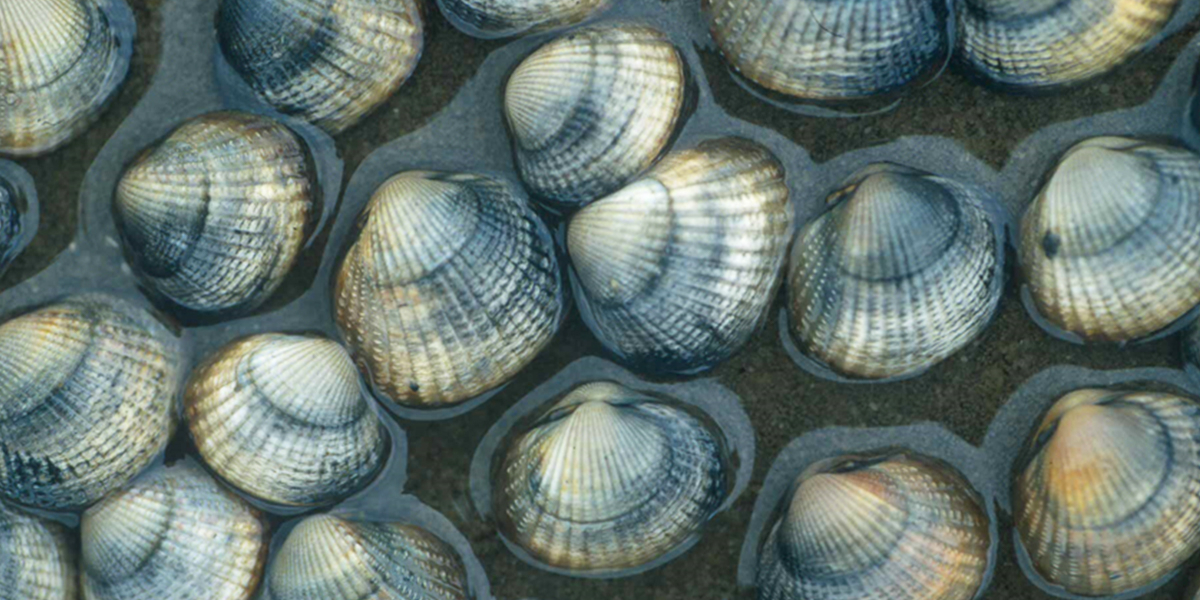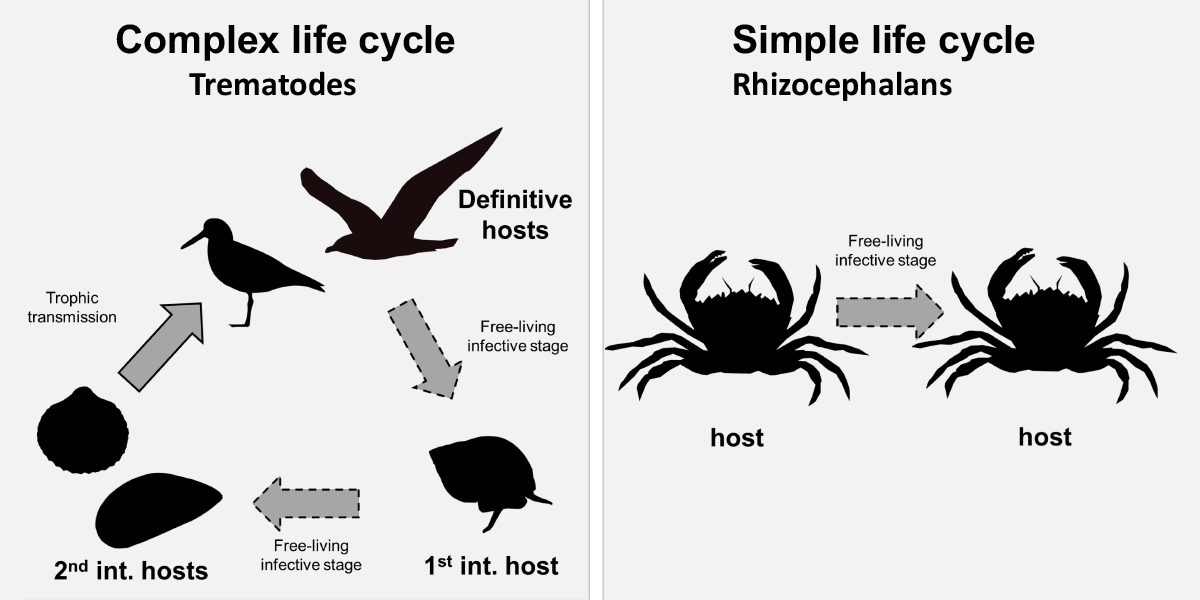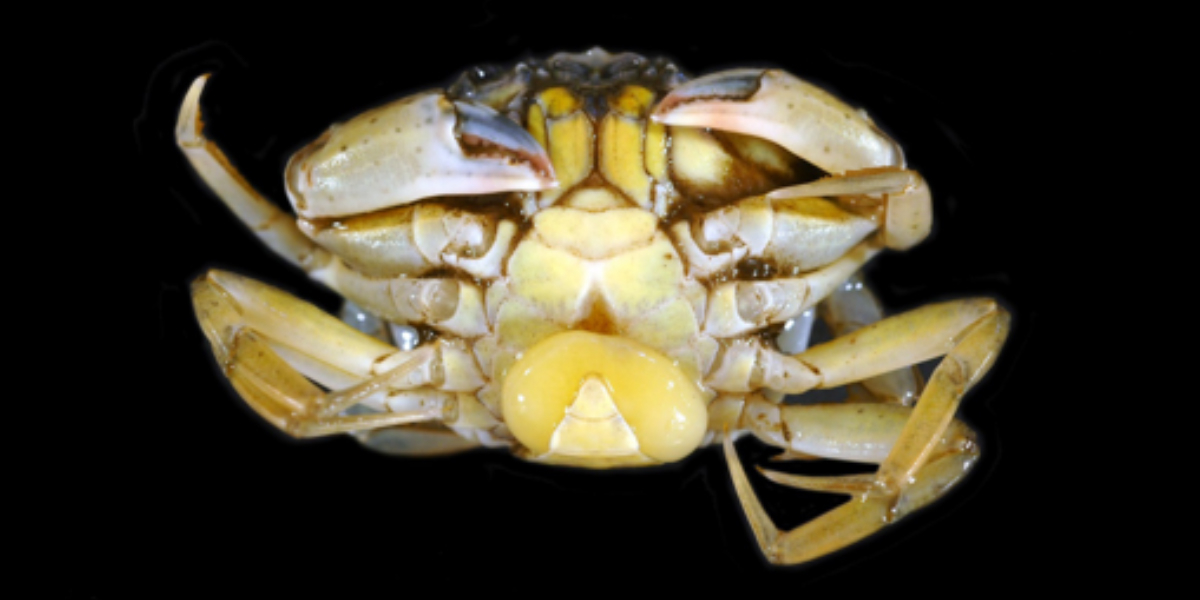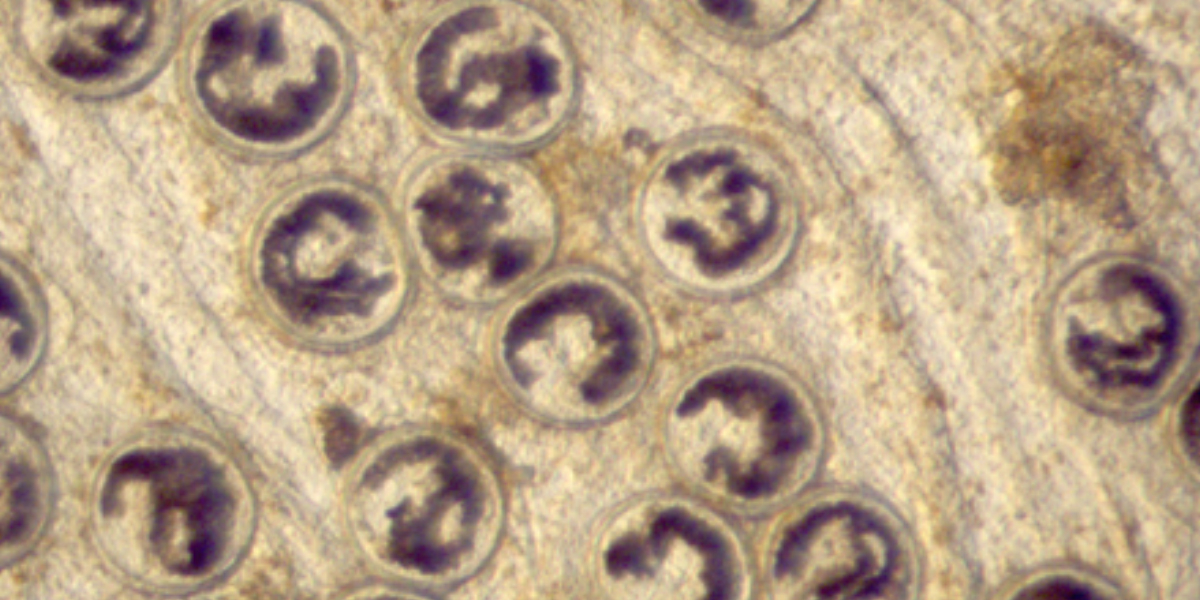Hidden diversity
Coastal ecosystems harbour a rich diversity of parasites which has largely gone unnoticed to date. We are continuously investigating the diversity of parasites and infection levels in common marine hosts in an effort to map the hidden diversity of parasites in coastal ecosystems such as the Wadden Sea.

Mapping parasite diversity
There is a rich diversity of parasites in coastal ecosystems such as the Wadden Sea but most of it is usually unnoticed as parasites live a hidden life inside their hosts. However, probably all organisms living on tidal flats serve as a host to some parasites and the known diversity in some host species is remarkably high. For example, common cockles are known to serve as a host for more than 15 species of parasites, the majority belonging the group of trematodes or flukes.
These parasites have complex life cycles involving several sequential hosts. Vertebrates serve as definitive hosts in which the parasites sexually reproduce. Parasite eggs are shed with the hosts’ faeces and infect a 1st intermediate host (usually a mollusc) in which the parasites asexually reproduce and release free-living stages that infect a 2nd intermediate host (invertebrates or vertebrates, depending on the species). When the 2nd intermediate host is consumed by a definitive host, the complex life cycle of a trematode is closed and starts again.
Other parasites such as rhizocephalans infecting crabs do not include intermediate hosts but instead directly go from one host to the next. We investigate the diversity of parasites in the Wadden Sea and other coastal ecosystems using classical dissection methods and morphological identifications as well as modern molecular methods. In addition, we combine large-scale field sampling schemes with field and laboratory experiments to understand the mechanisms shaping patterns of infections.


